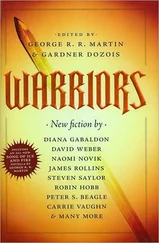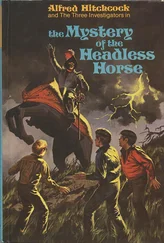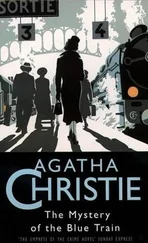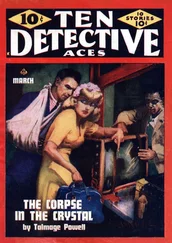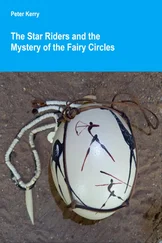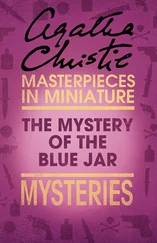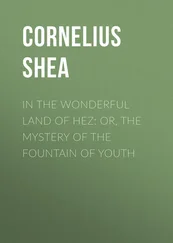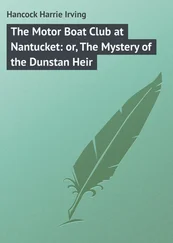In the meantime, before leaving the ruins of Tikal, Carlos told us a little more about the ancient Mayan civilization that had built the great city that now lay in ruins before us. It was a civilization which stretched across a vast area of Central America, from what is now southern Mexico in the north to Honduras in the south, and from the Pacific coast of Guatemala in the west to the Atlantic and Caribbean coast of Belize in the east. This area spanned the tropical forests of Chiapas, the highlands and steaming lowlands of Guatemala, and the huge expanse of low-lying savanna stretching out into the Atlantic Ocean known as the Yucatán Peninsula.
As Carlos explained, the ancient Maya built one of the most advanced and sophisticated civilizations the world has ever known. The cities that remain include the large, bold and militaristic Chichen Itzá; Uxmal, with its monumental architecture, carved snakes and weird ‘chac-mool’ figurines; the deeply aesthetic and beautifully proportioned Palenque; Tulum, set against the white sandy beaches and azure waters of the Caribbean Sea; and the once thriving metropolis of Tikal, which now stood crumbling before us, but which had once housed over 50,000 inhabitants.
We were still wandering in the ruins of Tikal just before nightfall, contemplating the achievements of this now almost forgotten people. Our guide and the handful of other tourists had gradually drifted away through the rainforest back to their temporary jungle lodge homes and we found ourselves alone in the Great Plaza of the old city just as the sun was going down. The plaza is a striking and somewhat eerie place tucked away in a small jungle clearing. To its north lie the 12 ruined temples of the North Acropolis, to the south the palace of the Central Acropolis. To the east and the west rise two great pyramids, known as the Temple of the Jaguar and the Temple of the Masks (see plate no. 3) .
What struck me first about these pyramids is just how steep they really are. In concept they are similar to the pyramids everyone knows from Egypt, but they are smaller than the famous pyramids of Giza, far steeper and do not have smooth sides. Instead they are built in huge layers, or giant steps, and each pyramid has a crowning temple on top.
Every aspect of the pyramids’ design was sacred to their ancient builders. The first nine large steps represent the ‘lower world’ and the walls and crown of the temple on top bring the total to 13, precisely the number of gods in the Mayan ‘upper world’. The crowning stone carvings on top of each temple represent the thirteenth and ultimate layer. People can only ascend to these great temples by one route and on one side, where far smaller steps are provided. The number of human-sized steps is always significant. In this case there were 52. Like 13, this number is also important in the complex, sacred and divinatory Mayan calendar.
As we looked at these great temples in the fast fading light I suddenly felt compelled to make the steep climb up the eastern face of the Temple of the Jaguar. While Ceri wandered around taking photos in the plaza below, I reached the top of the pyramid, quite out of breath, just as the evening sunlight was turning to gold. Looking out from the doorway of the temple, just below the thirteenth layer, the towering pyramid of the Temple of the Masks looked straight back at me across the plaza as if mirroring my gaze. Its face was illuminated sun-coloured gold and behind it lay a deep sea of green against the background of the fast darkening sky. It was the most beautiful view I had ever seen.
And then another vision entered my mind. It seemed to seep in from around me as if entering my veins. Of course it was just my imagination, but it seemed under no conscious control. Though there was no one else there I distinctly felt the strange sensation of other people coming up the steps behind me then turning to stand at my side. I felt as though I was surrounded by a group of ancient priests in full ceremonial dress, with long flowing robes and elaborate headdresses of feathers. They appeared to be performing some kind of ceremony, as they had done many times before. It seemed to be about celebrating and respecting some greater power, but there was also an air of foreboding about what might be to come. It was almost as if I could hear two notes, a high and a low. Then, as suddenly as it had appeared, it was gone.
Of course this all seemed quite crazy in the cold light of day, but this strange figment of the imagination remained with me as we went on our way.
The following morning we climbed aboard a clapped out old school bus and headed for Belize, the neighbouring country to Guatemala, amidst warnings we might get robbed by bandits en route to the coast.
Belize is a small country sandwiched between Guatemala and the Caribbean Sea, but it has great natural variety, ranging from a turquoise coral reef lined coast strewn with small islands or atolls to mangrove swamp and palm-covered shores to an interior of jungle-clad mountains. Belize is also home to a great variety of people of different races, many of them refugees from one difficult period of history or another. Until recently it was also home to many pirates.
As we sat in one of the many bars on the small island of Caye Caulker, our host behind the counter seemed to be getting immense pleasure out of recounting this part of the country’s grisly history to us. Not only did he know all about pirates, he even looked like one as he proceeded to explain that Belize had once been a veritable haven for them. The old trade routes between Africa and the New World lay close by, but the coastline had another advantage. In the old days of seafaring, the coral reef had been a great navigational hazard. Many ships had been wrecked there quite naturally and so become easy prey to the pirates. It was possible to navigate past the reef safely to the shore, but only if you knew the way ‘like the back of your tattooed hand’. This meant the pirates could make themselves quite at home along the coast, protected by the reef, and live without much fear of ever being caught by the naval authorities.
Many of the pirates became familiar with the native Mayans and even took to adopting some of their customs. The most obvious example of this was the famous pirates’ flag, the skull and crossed bones. Apparently this was a very positive and religious symbol to the Mayans. Of course it became a symbol of fear to the average seafarer, but it is by no means clear that this was the pirates’ original intention, although it was certainly the result of their actions.
Back in the bar, our conversation inevitably drifted towards the subject of buried treasure. Had any ever been found? Our barman was not aware of a treasure chest ever having been washed up on the shore, but there was something that might be considered buried treasure that had been found on an archaeological dig in the intetior way back in the 1920s. To our amazement, it transpired that this treasure was an actual crystal skull. The barman told us that the skull had been found in the lost city of Lubaantun, a Mayan name meaning ‘the City of Fallen Stones’, which lay in the jungles of Belize. We were stunned. We had thought little more about the legend of the skulls. That a real crystal skull had actually been found seemed unbelievable. We had to know more.
I asked our host if the skull had anything to do with the legend. He didn’t know. But what he did know was that ever since the skull had been discovered, truly incredible claims had been made about it. Apparently many people who had spent time alone with it claimed to have seen or heard things in its presence. The skull was said to have a distinctive glow, like an aura, extending around it, and those who had gazed deep into its interior claimed to have seen images there. Many said they were able to see the past or the future inside the skull and even that it had the ability to influence future events.
Читать дальше

